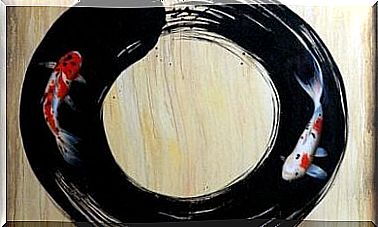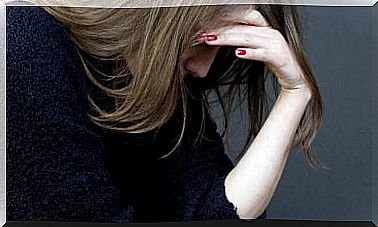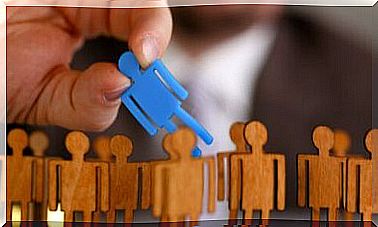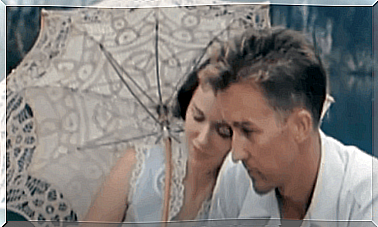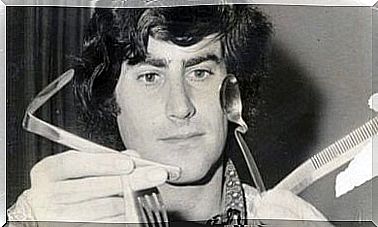Pathological Gambling: Diagnosis, Theories And Treatment
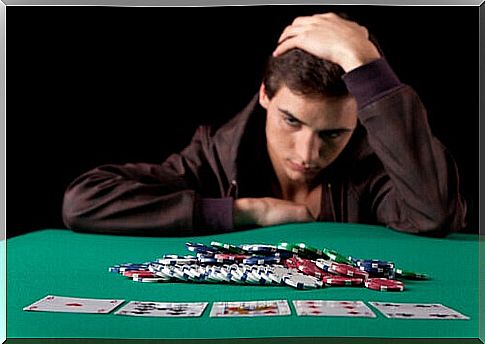
For most of us, gambling, like pathological gambling, can be just one recreational activity that does not necessarily have negative consequences. People can play in social gatherings as a form of fun or socializing with others or as a way to pass the time.
There are other instances where gambling turns from mere entertainment to the centerpiece of a person’s life. He is literally taking control of his life.
When the person cannot help but think about gambling, feels the need to lie, or invests amounts of money that they cannot afford to lose, they have become a pathological gambler.
What determines gambling to be pathological is a person’s ability to voluntarily control their involvement in gambling. In general, a person’s perception of their own abilities may be impaired. She may be unable to recognize reality until the consequences become dire.
This bias, called the illusion of control, makes players believe that they are in control and can stop whenever they want. But the reality is quite different. Often the game escapes them . This ends up having important consequences at the economic, family, social and professional level.
DSM 5 moved this diagnostic category to the chapter on substance use disorders and other addictions. What motivated this change is the similarity between gambling and other addictions. The same brain mechanisms are believed to be involved in both entities, in particular those linked to the reward system.

How to diagnose pathological gambling?
In order to diagnose pathological gambling in a patient, the DSM5 tells us that gambling must be problematic, persistent and recurrent and cause clinically significant deterioration or discomfort. In other words, the person begins to play so as not to feel bad. In addition, in the face of the game, the other reinforcements have lost their value.
The patient must also have four or more criteria, out of a total of 9 over a 12-month period. These criteria are as follows:
- Needs to gamble increasing amounts of money to get the excitement you want
- Is nervous or irritated when trying to reduce or stop playing
- Makes repeated efforts to control, reduce, or stop gambling
- Often has the mind occupied by the game
- Often plays when he feels uncomfortable
- After losing money gambling, it often comes back one more day to try to win
- Lies to hide his involvement in the game
- Endangers or loses an important relationship, job or academic or professional career
- Relies on others to give him money to alleviate his desperate financial situation
This behavior should not be explained by a manic episode, because it must then be attributed to this diagnosis and not to pathological gambling.
In addition to these diagnostic features provided by the APA manual, there are a number of cognitive distortions that are very common in these patients.
Besides the illusion of control, it is normal for players to exhibit the illusory correlation. In short, they consider that certain variables will be favorable to them according to illogical criteria.
Other disorders are also present:
- Fixation on absolute frequencies : they evaluate their success according to what they have gained and do not take into account everything they have lost
- Flexible attribution : attributing successes to personal factors and failures to external factors
- Post-hoc explanations : believing that they predict the outcome once it has already happened
Explanatory theories on pathological gambling
Here are some theoretical perspectives that have attempted to explain pathological gambling:
The need states model
According to this theory, gambling is considered to be behavior that satisfies some of the subject’s shortcomings. The addiction would be acquired as an attempt to control this chronic stressful situation that this alteration implies.
The factors that predispose to gambling are:
- An altered level of aversive psychophysiological activation
- An altered state of identity, such as feeling inferior, disabled, or feeling rejected
Let’s say in that sense, the game serves as a cover for all those unresolved shortcomings.
Brown’s reversal theory
It is based on the awakening / activation and the theory of the reversal of Apter. She proposes two systems which would lead the person to the motivation to play and to an optimal level of activation.
From this perspective, we are talking about a warrior state (the subject is motivated and goal-oriented, enjoying his anticipation, but with low activation) and the paratelic state (states of strong activation and enjoyment with sensations immediate).
Let’s say the person in a state of war views gambling with anxiety. The one in a paratelic state is more attracted to the game. The warrior begins the game to induce a paratelic state, where activation is not experienced with anxiety, but with pleasure.
Let’s say the player learns that if he continues to play despite the anxiety, then the reinforcements and wins will come and that is why the problem remains.
The Dickerson and Adcock model
It explains how the game is maintained and focuses on activation as a key variable. The two factors that modulate activation are: mood and the illusion of control. This model explains that the lower the mood, the longer the gambling behavior lasts. The goal is to reach the optimal level of activation with which the player feels comfortable.
The Sharpe and Tarrier model
He explains the problem based on the game’s typical reinforcement schedule : the variable. Monetary gain is not a fixed thing. Sometimes it happens and sometimes it doesn’t. This variability makes it easier for the person to hold on to the game, since they cannot anticipate when they will win.

Treatment of pathological gambling
There are two therapeutic goals: complete abstinence or controlled gambling. We will choose one or the other according to the profile of each patient. However, the most common is complete abstinence. The treatments used are as follows:
Support groups “Anonymous players”
They consider gambling as a chronic and progressive disease that can be intervened to slow its development, but not cure it.
The group forms a social support network, but drop-out rates are high from the first sessions. It would not be helpful for patients in the early stages, but rather for those with more associated problems.
Pharmacotherapy
Three types of approach can be considered in this regard: mood stabilizers like lithium carbonate as well as neuroleptics, SSRIs like fluoxetine, and even naltrexone because of its similarity to drug addiction.
Multi-component programs
There are two ways to carry out these programs:
- Internment: if the patient’s profile is that of a person without social or family support, with thoughts of suicide or of behavioral disorganization. I.e. severe patients
- Outpatient: from this point of view we find two of the most famous. The program of Ladouceur et al. and the Echeburua and Baez program. The first includes more cognitive techniques such as restructuring, problem solving, and relapse prevention. On the other hand, Echeburua and Baez’s program is more behavioral in nature, including strategies such as control-stimulation and exposure with prevention of reactions, as well as group therapy.
Treating pathological gambling, like that of other types of addiction, is not easy. It requires that the person first recognize a problem, and then realize that they cannot handle it on their own.
Finally, in many cases, having a good circle of support is that last push that encourages the person to come for a consultation, the one that reinforces and consolidates progress and also the one that prevents relapses.

